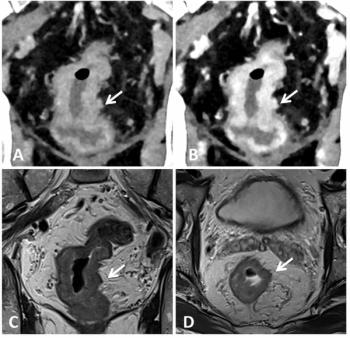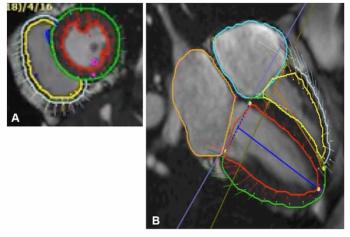
Report from SIIM: Teleradiology-linked MR examines cerebral malaria in sub-Saharan Africa
A poster describing malaria research involving MR images transmitted via fiber and satellite links from sub-Saharan Africa to Michigan State University won a first place award at the Society for Imaging Informatics in Medicine meeting.
A poster describing malaria research involving MR images transmitted via fiber and satellite links from sub-Saharan Africa to Michigan State University won a first place award at the Society for Imaging Informatics in Medicine meeting.
The research program aims to diagnose cerebral malaria in a pediatric population and better understand the processes of the disease. Initially, research relied on data collected in autopsies, but the principal investigators concluded that the approach wasn't going to yield any new information and turned to MR, said Matthew T. LaTourette, an MSU engineer who presented the poster.
The program extends a long-lasting collaboration between MSU, Queen Elizabeth Central Hospital, where the scanner is located, and the University of Malawi College of Medicine in Blantyre, Malawi, to apply neurological MR methods in cerebral malaria research. It collects brain images on a 0.35T scanner and sends them via satellite to the U.K., where they are forwarded via fiber networks to MSU for postprocessing and analysis.
Malaria causes the deaths of three to four million children per year and threatens half of the world's population. As part of a National Institutes of Health-funded malaria study, the program established an MR research facility located within a region hit hard by pediatric cerebral malaria.
Cerebral malaria is caused by a parasite in the brain that consumes hemoglobin and excretes it as a crystal called hemozoin, LaTourette said. Hemozoin is paramagnetic, and gradient MR imaging sequences show blood and can help identify the crystals accumulating near the parasite.
Cerebral malaria accounts for 50% of five-year-old and under mortality in sub-Saharan Africa, according to a description of the research program on the MSU website. Approximately 70% to 90% of childhood cerebral malaria victims survive, but many of these children suffer from neurological sequelae, including cognitive deficits, behavioral problems, and epilepsy.
Until this program, attempts to image cerebral malaria have been limited, and little is known about the process of brain injury that occurs in survivors, according to MSU. The dearth of imaging information in childhood cerebral malaria is largely due to the lack of MRI facilities in malaria endemic regions.
The MR scanner was donated by GE Health Systems and installed in July 2008. Future studies may include MRI evaluations in patients with spinal schistosomiasis, CNS onchocerciasis, and HIV-related disorders, according to MSU.
Newsletter
Stay at the forefront of radiology with the Diagnostic Imaging newsletter, delivering the latest news, clinical insights, and imaging advancements for today’s radiologists.




























